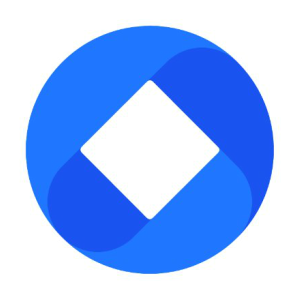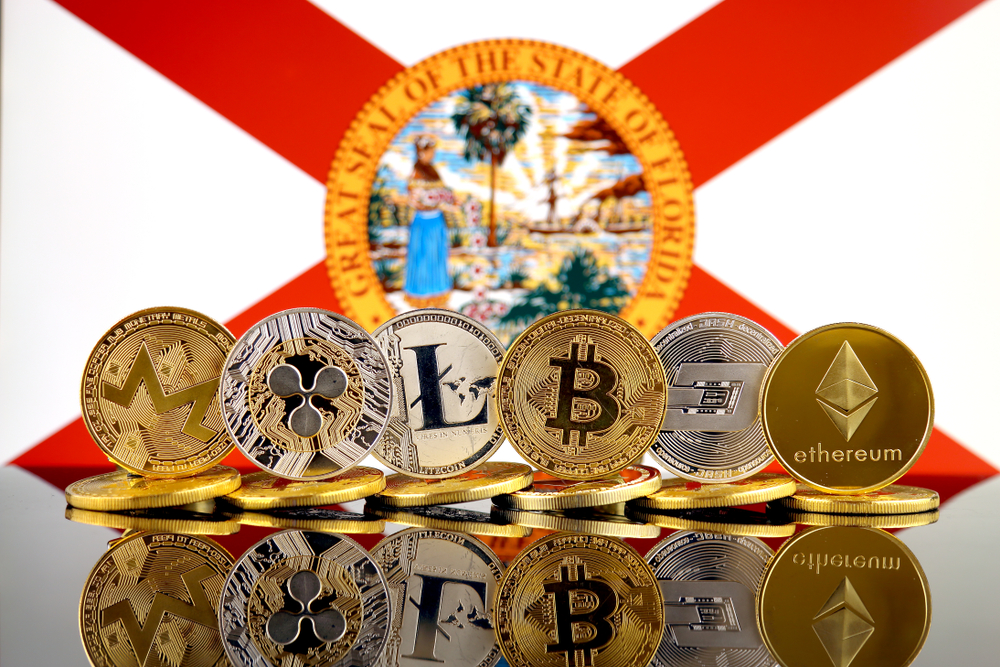OmiseGO is a cryptocurrency created on the Ethereum blockchain protocol for use in the mainstream world, particularly in Japan and Southeast Asia. OMG is aiming to switch over to its own proof-of-stake blockchain by the fourth quarter of 2017. OMG’s Thailand-based mother company, Omise, was founded in 2013 and has since expanded to hold offices Singapore, Indonesia, and Japan.
OMG was created for use “in mainstream digital wallets” with the intention of “[enabling] real-time, peer-to-peer value exchange and payment services agnostically across jurisdictions and organizational silos, and across both fiat money and decentralized currencies.”
Essentially, OmiseGO wants to be the Venmo or Square for Southeast Asia and Japan. This, with the added function of integration and interchangeability across a wide range of eWallet payment platforms (ie PayPal and WeChat Pay), digital currencies, and other assets.
Decentralized Currency Exchange
Though OMG runs through the Ethereum mainnet, users will be able to use the OMG platform to exchange fiat, digital currency, and other assets interchangeably. This will provide an important set of services to areas of the world that lack banking infrastructure, as no such infrastructure is required under OMG.
Additionally, the creation of a decentralized exchange solves the problems associated with centralized exchanges, such as Poloniex and Bittrex, which include susceptibility to hacking and high trading fees.
The Omise Company and its All-Star Team
Omise was the first company to back the Ethereum foundation’s ÐΞVgrants program with a $100,000 donation. ÐΞVgrants seeks to provide funding to lower-level projects that further the foundation’s vision of “re-organizing the very fabric of our society around a more transparent and inspectable ‘stack’”. Omise CEO Jun Hasegawa said, “We are honored by the opportunity to support the decentralization revolution, beginning with our contribution that will restart the Ethereum ÐΞVgrants program.”
OmiseGO has an all-star team of developers and advisors, including Joseph Poon of the Lightning Network, Ethereum founder Vitalik Buterin, Ethereum co-founder Dr. Gavin Wood, and Bitcoin “Evangelist” Roger Ver.
Practical Use of OmiseGO
According to OmiseGO’s website, the three central tenets of the currency are access, scalability, and security. OmiseGO’s product development lead, Wendell Davis, explained that OmiseGO allows the end user to “send money locally, so they can send it to their family, they can make payments, and it also allows them to send remittances across borders”. Davis provided the example of a migrant worker from Myanmar sending money back home to her family.
OmiseGO will also help serve underbanked regions. There is no bank account required to use OMG, and the services that OMG will provide users with have the power to facilitate faster economic growth in the regions of the world. So far, OMG has been marketed mostly in Southeast Asia, but it could (and likely will) spread to underbanked areas across the globe.
Scalability
The currency was designed with anticipation of large scalability in mind, so all transactions on the OMG blockchain happen in real time, even though there are a variety of assets being exchanged. This is accomplished with the use of payment channels (similar to the Lightning Network) and smart contracts.
Smart Contracts
OmiseGO’s use of smart contracts allows it to function without centralized stewardship. Therefore, fees for exchanges made on the network will be as low as possible. This can be verified in the blockchain records.
A Secure Coin with Encryption and Fraud Protection
OmiseGO has been designed as an extremely secure coin that uses end-to-end encryption. Omise will never share its users’ data with third parties, although it does not offer the same level of anonymity as some other cryptocoins, such as Monero or Zcash.
Fraud protection is a priority for Omise, and they have developed safeguards that utilize geolocation, proxy detection, machine learning fraud protection models, risk threshold, tokenization, and behavior analysis.
Partnerships
One of OmiseGO’s goals is widespread integration into pre-existing economic and financial services, and they have a growing list of partners. As more partnerships are added, the value of OMG tokens will continue to increase.
One of the more significant partnerships so far is AliPay. AliPay is the third-largest online payment provider in China. Additionally, McDonald’s Thailand has recently announced that they will accept payment in the form of OMG.
Future of OmiseGO
The impressive list of developers, advisors, and partners combined with the functionality of OmiseGO make it an extremely promising investment and technological advance. Although there are other decentralized exchanges that are competing to fill the need for a similar function (ie TenX), the particular subset of the global population that OMG aims to serve is as of yet underserved, and their particular niche is better filled by a company that understands their needs better than, say, an American company would.
That being said, OmiseGO is certainly not limited to Japan and Southeast Asia. The platform can and will be used globally as a decentralized platform for trading assets. This has particular relevance to crypto holders and traders, who up to this point, have had to rely on centralized trading platforms (ie Gemini, Poloniex, Bitfinex).
The relative economic size of the countries and populations that OMG is being marketed to is smallish in comparison with the US or many European countries, which could mean that it could take quite a while for a coin like OMG to reach the value of some of the larger coins, like Bitcoin. However, the facilitation in economic growth provided by OMG to these parts of the world increases the potential for an eventual explosion in value.
OmiseGO Wallet and Storage
As of yet, the OmiseGO wallet is still in development. This should not be counted as a strike against the legitimacy of Omise. The wallet should be available by the end of the year. In the meantime, it is possible to store OmiseGO in MyEtherWallet. When the wallet is launched, it will be available in mobile format.
OmiseGO’s ICO and Beyond
According to TrustNodes.com, the OmiseGO ICO “managed to finish before the token sale even started”. This happened because the presale (which took place on June 7, 2017) exceeded its cap by over $40 million–$60 million was raised during the presale, while the initial cap was just $19 million. The amount of funds raised during the presale was so high that the ICO, originally scheduled for July 27, 2017, was cancelled as a result. This $60 million was spread out over only 450 entities.
OMG’s current market cap is $625,333,291 with a circulating supply of 98,312,024 (total supply of 140,245,398). Since its launch in July, OMG has risen from a few cents to around $7 at its peak. As it continues to announce more partnerships and options for accessibility (including its wallet), the value will undoubtedly continue to climb.









